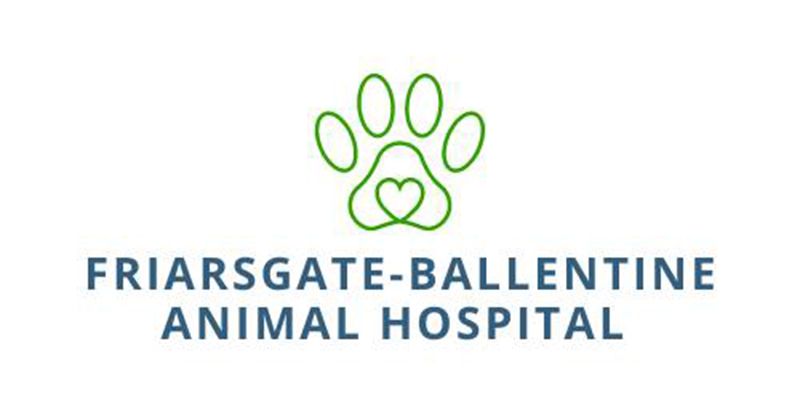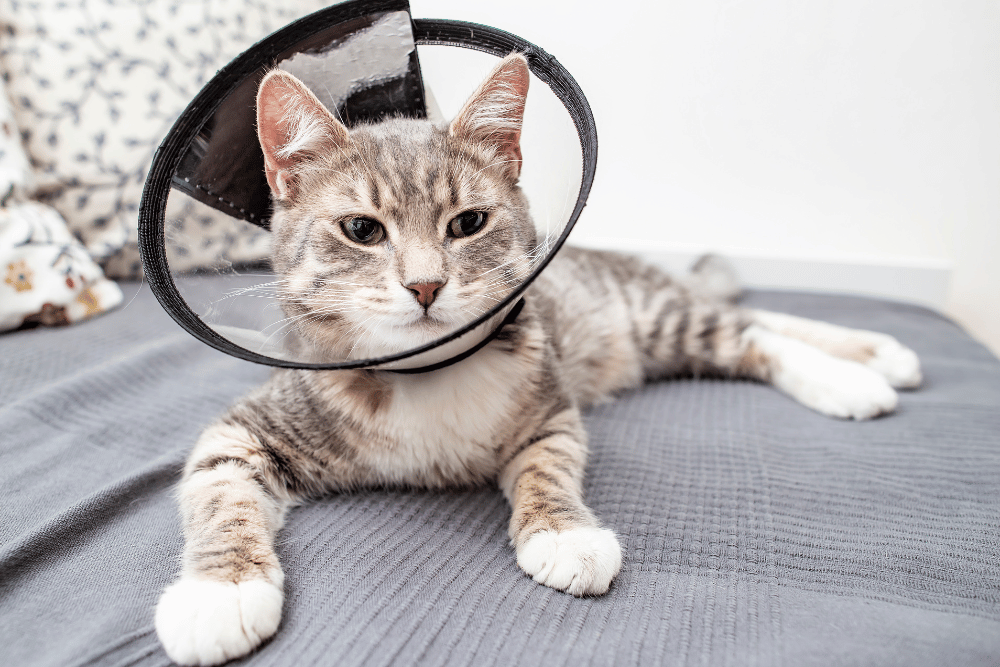Are you wondering when you should spay or neuter your new pet? Although recommendations for when to spay or neuter your pets varies depending on the type of animal you have, these surgeries are most often performed during a pet’s first year of life.
Spaying and Neutering Age Recommendations
Spaying (for females) and neutering (for males) are surgeries that eliminate heat cycles in females and prevent reproduction in both sexes. Your veterinarian neuters your male pet by removing his testicles. Spay surgeries involve removing the uterus, ovaries, and fallopian tubes in female pets.
The surgeries are recommended at these ages:
- Dogs : The American Animal Hospital Association (AAHA) recommends spaying and neutering small-breed dogs at six months or before the first heat in females. Large breed dogs should be spayed or neutered when the pet has stopped growing, which can occur between 9 to 15 months.
- Cats : The AAHA’s “Fix Felines by Five” campaign endorses spaying and neutering cats by 5 months.
- Rabbits : The Best Friends Animal Society notes that young rabbits can be spayed when they’re sexually mature, which may happen between 3 to 6 months of age. Dwarf breeds reach sexual maturity earlier than full-size breeds.
- Ferrets : Merck Manual notes that most ferrets are spayed or neutered by the time they’re 6 weeks old. If females aren’t spayed and start a heat cycle, they will remain in heat until they’re bred, according to the Manual.
Your pet’s veterinarian can help you decide the perfect time to spay or neuter your pet. Spaying and neutering surgeries aren’t just for young animals. Most animals, regardless of age, can be spayed or neutered.
Spaying and Neutering Benefits
Spaying and neutering offers many benefits for your pet’s health and well-being, including:
- Lower Cancer Risk. Spaying and neutering eliminates the risk of testicular cancer in males and uterine and ovarian cancer in females. It also decreases your female pet’s risk of mammary (breast) cancer. According to the American College of Veterinary Surgeons (ACVS), breast tumors occur more often in unspayed female dogs or dogs that were spayed after age 2. The ACVS also notes that cats spayed before 6 months have a seven-time lower risk of developing mammary cancer. Female rabbits are also at increased risk of cancer, particularly uterine cancer when not spayed. Neutering reduces the risk of testicular or prostate cancer in male rabbits.
- No Desire to Roam. Your pet may roam far from home to fulfill its mating instincts if not spayed or neutered. Pets that roam are more likely to be hit by cars or injured in other ways.
- Reduced Spraying. Your pet may not be able to search for love on a dating app, but it has its own way of attracting a potential mate. Spraying small amounts of urine helps unaltered cats, dogs, rabbits, and ferrets announce they’re available, in addition to marking their territory. Spaying and neutering may reduce or eliminate this behavior.
- Fewer Reproductive Health Problems. Removing the testicles, ovaries, uterus, and fallopian tubes may also reduce reproductive system health issues in pets. Your male pets may be less likely to develop hernias or prostate disease, while females can avoid pyometra. Pyometra is a potentially deadly uterine infection that tends to affect pets that have been in heat at least several times.
- No Unwanted Litters. Spaying and neutering helps reduce the number of unwanted animals in the U.S. According to the ASPCA, more than 6 million pets enter shelters every year, but only 4 million find new homes. Spaying and neutering ensures that your pet doesn’t contribute to the pet overpopulation problem.
Is it time to spay or neuter your pet? Contact our office to make an appointment for an exam and discuss scheduling your pet’s surgery.
Sources:
- American Animal Hospital Association: When Should I Spay or Neuter My Pet?
- Best Friends Animal Society: Rabbit Spay/Neuter: What to Know
- Merck Manual: Breeding and Reproduction of Ferrets, 10/2022
- American College of Veterinary Surgeons: Mammary Tumors
- Ross University College of Veterinary Medicine: Spay vs Neuter: Benefits of Spaying and Neutering Your Pets, 11/1/2023


